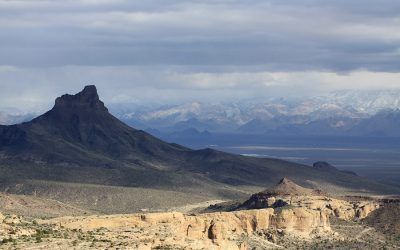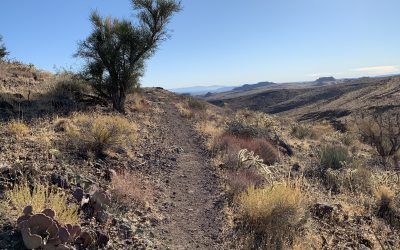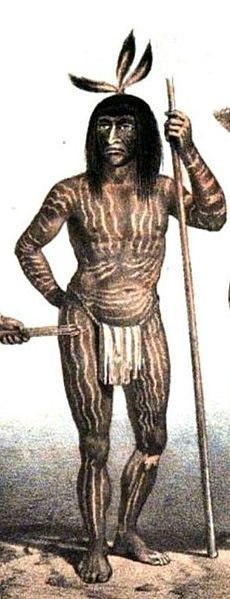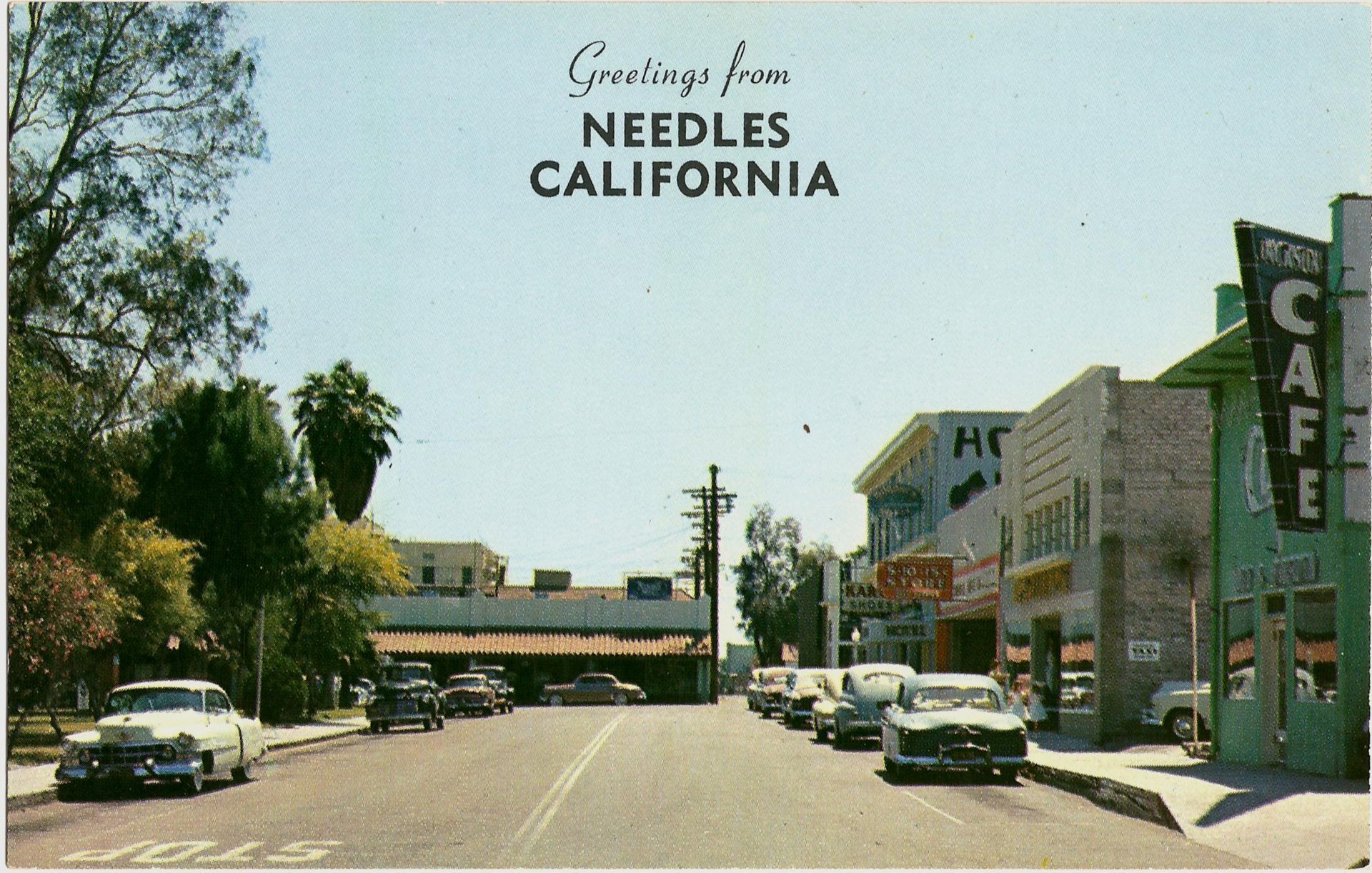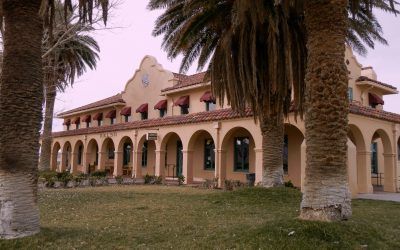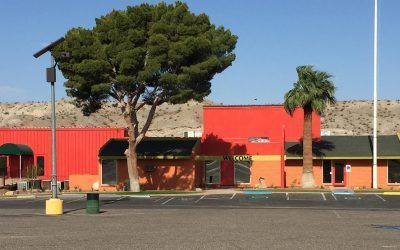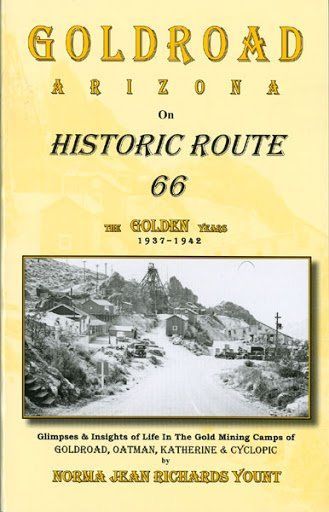What’s In A Name.
There is general agreement that the town of Oatman is named for Olive Oatman, but only conjecture about why it was named after this amazing woman. Olive survived the massacre of her family, adapted to life among the tribes of the Arizona Territory, and successfully transitioned into a celebrity.
In 1850, the Oatman family, including 14-year old Olive, joined a California bound wagon train led by James Brewster. They left Independence, Missouri on August 5, 1850. When it became evident that Brewster was not as familiar with the route as he had claimed, and the immigrants suffered deprivations of hunger, a lack of water, and other issues, dissensions arose. At Santa Fe the Oatman’s and other families made the decision to leave the wagon train and continue to California following the southern route through Socorro and Tucson.
When they reached Maricopa Wells, in the Arizona Territory the other families decided to rest. Royce Oatman and his family decided to press on. On the fourth day of their solo journey across the desert they were approached a band of Yavapai that asked for tobacco and food. On February 18, 1851, the Oatman’s were attacked on the banks of the Gila River. This site would be later named Oatman Flats and in 1879, Oatman Station was built here on the Yma-Tucson Road.
Royce, his wife Mary and four of their children were killed at the scene, and their son Lorenzo was badly injured and left for dead. Lorenzo later regained consciousness and traveled across the desert to a small settlement where he reported the massacre and that his sisters Olive and Mary Ann were missing.
Olive, age 14 and Mary Ann, age 7 were captured and held at a Yavapai village near the site of Congress, Arizona. Months later when a group of Mohave traders arrived at the village the girls were traded for vegetables, blankets, and other trade goods. Olive and Mary Ann followed their new captors across the desert to a Mohave Village on the Colorado River near what is now Needles, California.
The true story of Olive’s life among the Mohave is difficult to unravel even though she later became a famous lecturer sharing stories of her life in captivity. As per tribal custom, the girls were given indelible blue tattoos on their chins. It is thought that Espianola, a tribal leader, and his family adopted Mary Ann and Olive. Olive expressed her deep affection for this family numerous times after her release.
In 1855 a severe drought plagued the Colorado River Valley and surrounding deserts. As a result the Mohave villages were ravaged by starvation. Mary Ann Oatman was counted among the dead.
Meanwhile, Lorenzo Oatman had never given up the search for his sisters, and in the winter of 1855 he found Olive living among the Mohave, and negotiated her release. This was the closing of one chapter in Olive’s life, and the beginning of another.
In 1857, the Reverend Royal Stratton wrote Olive’s story: Life Among the Indians: Captivity of the Oatman Girls , one of the few published accounts of Indian captivity at that time. It was incredibly successful and sold out three editions in one year, a best-seller in that era. Much of the books sales success can be attributed to Lorenzo and Olive who had moved to New York City with Stratton in 1858. This was the beginning of Olive’s national speaking tour about her life among the Mohave. These appearances were among the few occasions on which she appeared in public without wearing a veil to cover her tattooed face.
The Oatman’s share of royalties from Stratton’s book was used to obtain degrees from University of the Pacific. In November 1865, Olive married John Fairchild. They lived in Detroit, Michigan for seven years before moving to Sherman, Texas, where Fairchild made a fortune in cattle ranching, banking, and real estate investment. Olive died of a heart attack on March 20, 1903.
The first post office opened in a Black Mountains mining camp above the Colorado River Valley with the name Vivian on March 1, 1904. On June 24, 1909, the post office application was amended and the town was renamed Oatman. The reasons for the change or why it was renamed in honor of Oatman remain a mystery.
Oatman and the Oatman story are but one example of what makes Bullhead City and the surrounding area such a fascinating place. For more information about area attractions, or relocation, contact the Bullhead City Chamber of Commerce .
Written by Jim Hinckley of Jim Hinckley’s America
